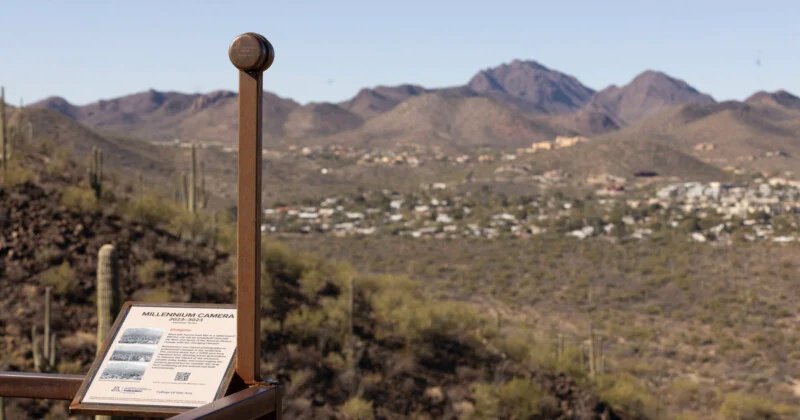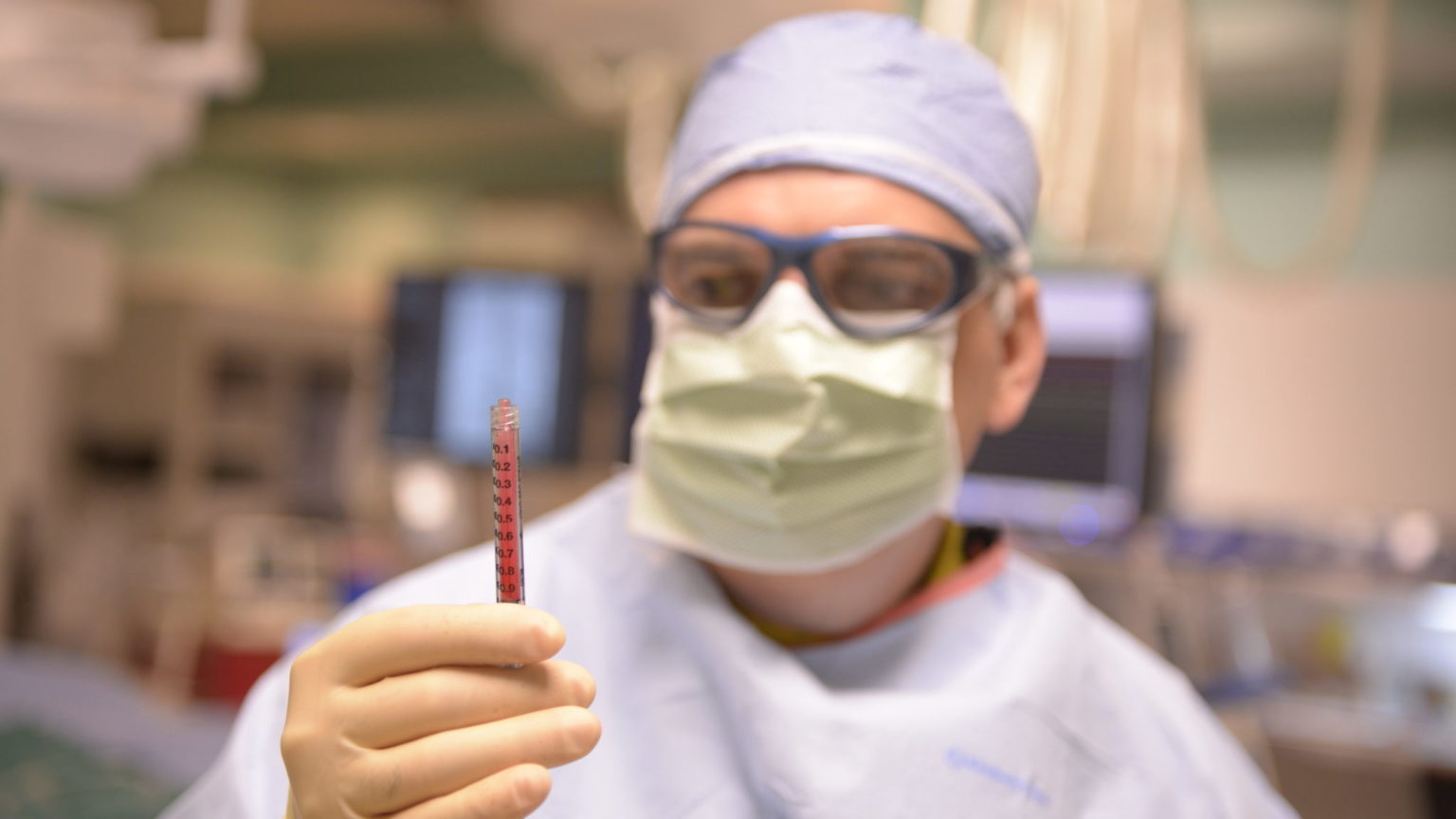Security cameras will likely hold the key to unraveling the bomb attacks in Boston, experts say. Often lambasted as failing to deter crime, security cameras certainly come in handy during the investigation. Video of the explosion can help investigators determine the location of the devices, and even hold clues to what explosives were inside them. (White smoke usually indicates improvised explosives, black smoke for professional grade explosives like TNT and C4.)
But now the hunt is on for the perpetrators. “More importantly, the cameras show what happened before the explosion,” says Tom Thurman, former chief of the FBI Bomb Data Center. “They’ll find out how long the available video has been running and use it to go back in time.” That way police can see who planted the devices—and how he or they triggered it.
While New York City and London have the best-known networks, Boston is also saturated with cameras. A couple years ago the ACLU of Massachusetts filed a public records request for information about the City of Boston’s surveillance camera network, and the details they were given describe a fairly sweeping network.
Nine cities—Boston, Brookline, Cambridge, Chelsea, Everett, Revere, Quincy, Somerville and Winthrop—are all interconnected, and the system is designed to instantly share surveillance images between the municipalities.
If the bomber(s) took public transportation, there’s a good chance those steps can be retraced through video footage. As of 2012 there were nearly 500 cameras in the subway alone, and more on busses. If they drove, cameras on bridges and tolls could help retrace a perp’s steps leading up to the bomb’s placement.
The cameras are pretty slick and the information on them is available immediately—they transmit data wirelessly via an Internet connection. “Stored video can be easily shared with other [Police Departments] over standard web browsers using a system protected by a basic username and password,” the ACLU says.
Even without the police cameras, spectator cameras on phones and other devices provide even more evidence. Images and video taken before and after the bombs went off aid investigators trying to glean information about the placement and composition of the bombs. Those pictures and videos can both confirm the location of victims: the pattern of wounds on bomb victims can investigators learn where the bombs were and how they were made. [via]






